Written by Conservation Coordinator Shelby Serra
PWF’s Bycatch Mitigation Efforts
For the last 40 years, Pacific Whale Foundation (PWF) has been a leader in developing science-based solutions to address major stressors affecting the health of our ocean. Using our research findings, we advocate for policies that mitigate these major stressors to whales and dolphins. Of course, the plight of whales and dolphins over the years has not always remained constant. From our inception, the aim of PWF’s work was to save the humpback whale from post-whaling era, brink-of-extinction numbers. Today, as those numbers rebound, the threats that whales and dolphins face have multiplied, and with it, so too have our efforts. As we conclude our fisheries interactions series, we examine some of the ways PWF works to mitigate major stressors, such as bycatch, to whales and dolphins around the globe.
Take Reduction
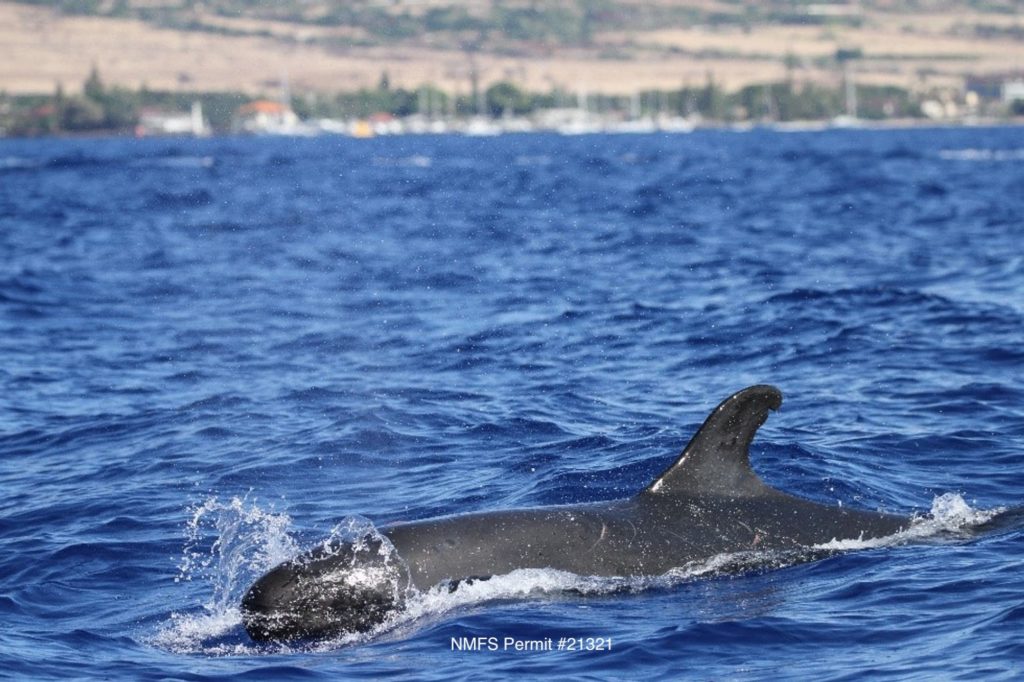
PWF’s Research team studies cetaceans in Hawai’i, as well as Australia and Ecuador, with efforts driven by the greatest need. For example, in 2012, the Main Hawaiian Islands insular population of false killer whales were listed as endangered and therefore became a priority species of study for our Hawaii research program. The goal is to monitor the status of this population and provide scientific data to guide their recovery and inform conservation strategies. Through this work, the threats facing false killer whales have become better illuminated, allowing us to advocate for solutions more specifically tailored to these stressors.
According to NOAA Fisheries, the endangerment of these animals is likely due to interactions with fisheries, but the extent of the problem is largely unknown as a significant portion of the fisheries remains unmonitored. Due to the variability in survey efforts through the main Hawaiian Islands, it has been challenging to get a clear picture of the population’s health and status. As we briefly touched on in the last installment, NOAA Fisheries has formed various Take Reduction Teams (TRT) that focus on species with high incidences of marine mammal bycatch. One of these teams is the False Killer Whale TRT that, in January 2010, convened a group of scientists, researchers, fishery industry representatives, and federal and state government and fishery management organizations to address the incidental mortality and serious injury of false killer whales in the Hawaii-based longline fisheries. PWF’s lead researchers contribute by attending the TRT’s meetings and providing feedback as necessary. The TRT’s purpose is to provide advice on the development, implementation, monitoring and evaluation of the take-reduction plans. NOAA Fisheries then uses the TRT’s consensus recommendations to determine whether they would achieve the MMPA’s take-reduction goals and uses them as the basis of the proposed and final rule1. PWF continues to urge necessary parties to adopt the conservation measures derived from these plans.
Fisheries Impact on Other Dolphins
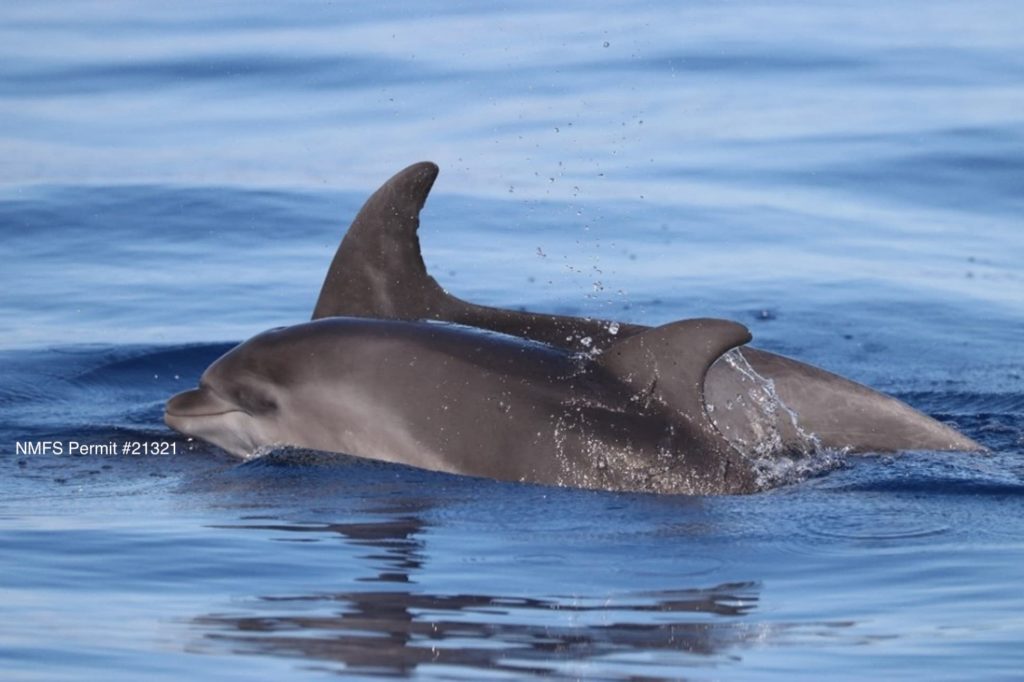
Recent reports from NOAA have suggested the need for a better understanding of the impacts of nearshore fisheries on island-associated populations of dolphins. For PWF, assessing a research gap and then addressing it enables us to actively contribute to an existing body of knowledge. Since the impacts of nearshore fisheries on dolphins have not been investigated, PWF researchers are working to examine fisheries interactions in other species to fill important gaps. This work is part of long-term research efforts monitoring dolphins in Hawaii and identifying threats or stressors to provide science-based recommendations on mitigation and conservation strategies.
Our recommendations, for example, will manifest in the form of policy advocacy work. Through this research, we could provide scientific evidence, if detected, of fisheries interactions when legislation is presented to mitigate impacts of bycatch. For example, the Driftnet Modernization and Bycatch Reduction Act (S. 906-CA) aims to minimize the incidental catch of marine resources, including inadvertently caught whales and dolphins. The bill passed with overwhelming support both in the House and Senate but was recently vetoed by then President Donald Trump; this legislation will be reintroduced in the new administration with high hopes of passing. PWF will always endeavor to strengthen evidence used to encourage our congressional delegation to support the type of legislation that results in the conservation of marine life.
‘Ghost Fishing’ for Humpback Whales
In addition to our dolphin studies in Hawai’i, PWF is also conducting research into entanglement rates in humpback whales. Our researchers work with the Marine Mammal Research Program at the University of Hawai‘i to estimate entanglement and scarring rates in humpback whales in Alaska and Hawai‘i using Unmanned Aircraft Systems (UAS), or drone, imagery. This work is part of a larger collaborative effort that studies the health of North Pacific humpback whales by examining body condition to quantify the “cost” of their migration.
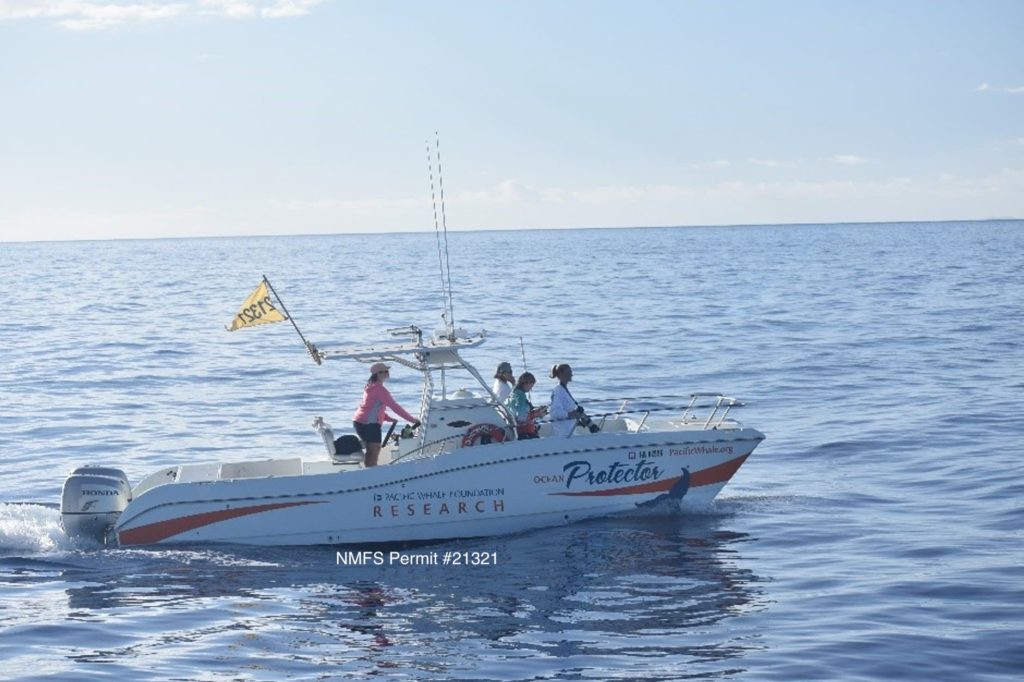
PWF is also involved with humpback whale entanglement response here in Maui Nui. Large whales, such as humpbacks, are particularly susceptible to entanglement in abandoned or lost fishing gear due to their long pectoral fins and shallow range. The Hawaiian Islands Humpback Whale National Marine Sanctuary coordinates large whale entanglement responses, working with the Department of Land & Natural Resources and NOAA Fisheries Marine Mammal Health and Stranding Response Programs. PWF’s research vessel, Ocean Protector, is used as a dedicated response platform. As a level 3 responder, PWF Chief Scientist Jens Currie is authorized to provide an assessment of an entangled whale, document the whale behavior and nature of entanglement and, if deemed life-threatening, deploy a satellite tag to the trailing gear to aid a response by NOAA’s authorized disentanglement team. This work helps us to both actively help save whales from the threat of abandoned or lost fishing gear, and also become better versed in the ensuing advocacy work.
Ecuador Efforts
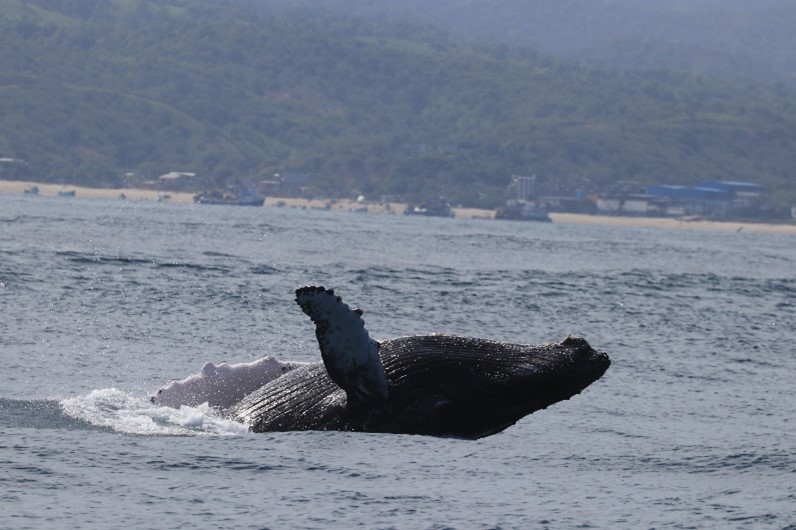
South of tropical Hawaiian waters, our research off the coast of Puerto Lopez, Ecuador investigates the extent of dangerous fisheries interactions with cetaceans. Our research in Ecuador has revealed that fisheries interactions and bycatch is a significant threat to whales and dolphins in this region. PWF Ecuador Research Director, Dr. Cristina Castro, has documented numerous species of cetaceans becoming entangled and drowning in gill nets and has even discovered marine mammals being used as bait in homemade fishing equipment5. For this study, Castro developed a community reporting network that documents stranded and entangled marine mammals. Our researchers are partnering with experts around the world to address entanglement in Latin America and work with the on-water community to develop mitigation strategies and provide assessment and response training. PWF will continue to document research to build evidence that supports mitigating policies as they arise.
For example, PWF will provide research to help strengthen the body of scientific evidence compiled by the International Whaling Commission (IWC) and their efforts to mitigate bycatch on a global scale. The IWC Bycatch Mitigation Initiative aims to develop and promote effective bycatch prevention and mitigation measures worldwide, using valuable research such as that collected by PWF Ecuador’s fisheries interaction research.
What can you do?
If you want to help mitigate this stressor today, there are effective measures you can take. If you eat seafood, being a responsible consumer is the number one way you can start to help immediately.
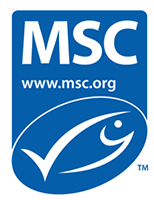
PWF supports the recommendations of the sustainable seafood certification by the Marine Stewardship Council. As one of the world’s leading certification programs, MSC does not endorse Hawaiian longline fisheries, which aligns with our organizational values. Since we are especially concerned with the danger longline fishing presents to the endangered population of false killer whales, we ask that our supporters look out for the MSC blue label on their store-bought seafood. Longline fishing is a commercial fishing technique that uses a long line with baited hooks attached at intervals. This poses a significant threat to marine life such as seabirds, sea turtles, sharks and dolphins like the false killer whale.
Another way you can be part of the solution is to ask your server when you dine out where they source their seafood. This not only provides necessary information to make an informed decision about your meal, but it also alerts the restaurant that consumers care about the source of their protein. This awareness has the power to change supply via your demand for sustainable seafood! Beyond your responsible consumerism, educating yourself on these issues and sharing what you have learned with the people in your life can work to make a difference for the health of our ocean.
Beyond educating our supporters on responsible consumerism, PWF will work to ensure the effective implementation of the Import Provisions set forth by NOAA Fisheries. Highlighted in the previous installment of this series, these provisions aim to reduce marine mammal bycatch associated with commercial fishing operations by requiring foreign fisheries who export to the U.S. to have standards comparable to the United States, which set the standard for sustainable fisheries for the rest of the world.
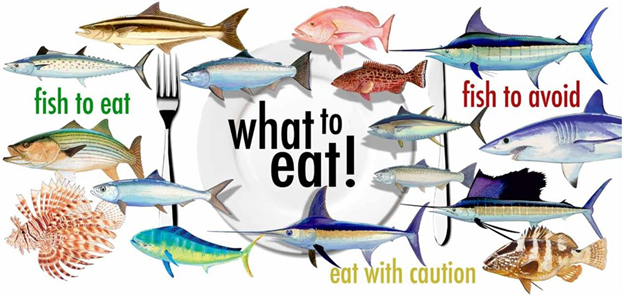
Pacific Whale Foundation will continue to find opportunities to advocate for the policies that work to protect whales and dolphins from the major threats posed against them. As we move forward educating and informing about these threats, we will encourage our supporters to cast their vote, write to their congress people, and advocate for change for a healthier ocean.
So, whether its shopping smarter, having conversations with friends, voting for positive change, or supporting organizations like PWF, you have the power advocate for a more sustainable seafood industry and help mitigate the impacts to whales and dolphins.
Sources and References
